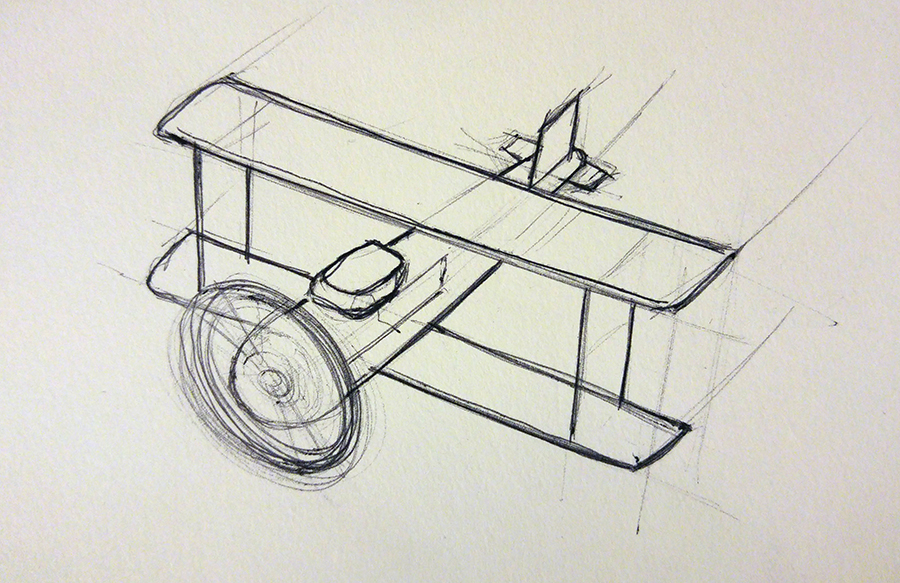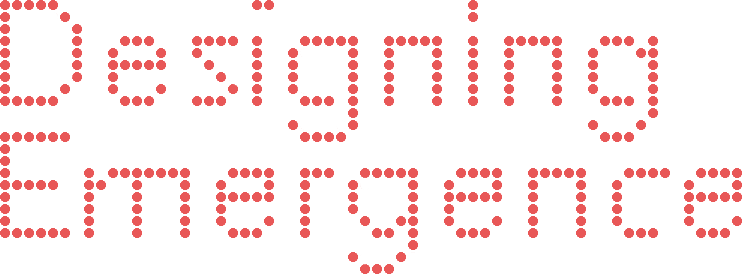Evolution of Flight: Intro

So far, all of my explorations have been purely digital. While a digital canvas allows me to explore ideas fairly quickly, I am really interested in how we can use computers to improve physical designs. The difficulty in using emergence or any other form of computational design is that these methods rely on hundreds and thousands of iterations to arrive at a solution. It is time consuming and expensive to create so many physical models and simply isn’t practical. My plan to overcome this barrier is to use human intuition alongside computation design to reduce the amount of physical prototyping required.
As the title suggests, I am going to evolve airplanes. To test my idea of incorporating human intuition into the computational design process, I need to measure the results objectively. Paper airplanes are the perfect platform. The distance they are able to fly when thrown consistently from a certain height is easy to measure. They are also easy to make, and the distance they fly is directly affected by their shape, which can be manipulated quickly in CAD. The icing on the cake is that they are fun, accessible and have the potential to evolve some interesting shapes.
Evolving them is relatively straightforward. I am going to start with some shapes, both for the fuselage and the wings. I will laser cut the planes and fly them in a consistent manner. The further a plane flies, the higher its fitness score, which then gets applied when I crossbreed the planes to get new forms. Now, in order a for evolution to produce good results in a timely manner, it is important to have a decently sized population. But laser cutting and flying thousands of planes is unpractical. Here we can use human intuition speed things up. When I crossbreed the planes, I will make hundreds of children. But instead of laser cutting them all, I will look at each one and select a handful to be made and tested, based on what I think has potential. I will then evolve a new generation from the ones that I selected. Yes, I will lose some potentially interesting solutions by only selecting a few planes, but I feel that a balance can be found between speed and variety.
I am curious to see how well I can gauge the potential of the planes and how many generations it takes to come up with solutions that are unexpected yet also fly well. In the words of early aviator Pierre Georges Latécoère, “All the calculations show it can’t work. There’s only one thing to do: make it work.”

Leave a Reply